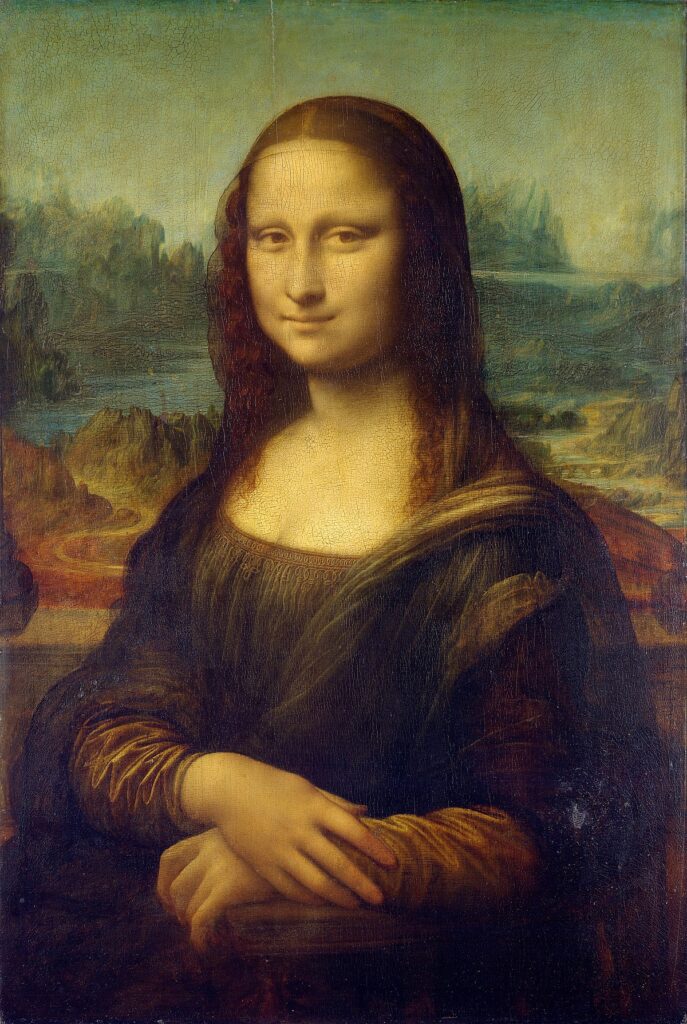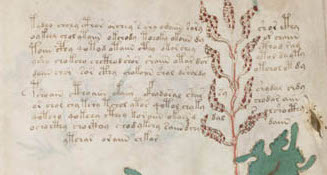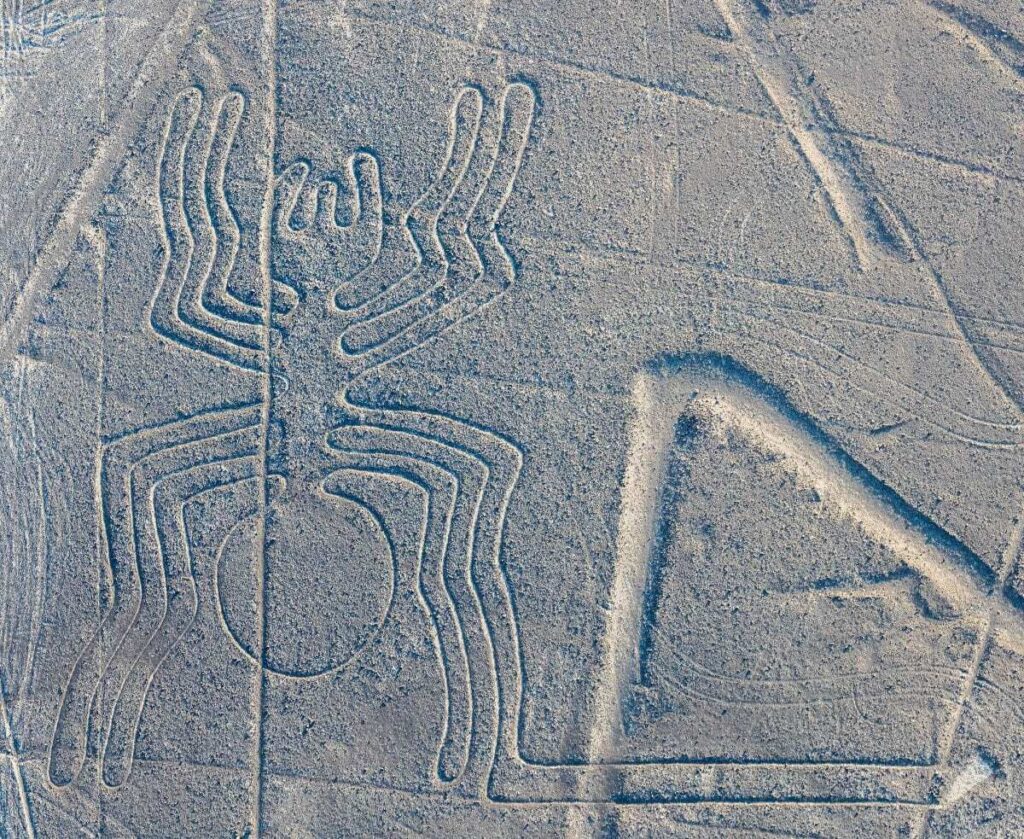No products in the cart.

Art Mysteries 2
Art Mysteries 2
Contributed by Jacqueline Olalere.
For millennia, art has captured people’s attention and served as a platform for expression, narrative, and cultural representation. Art can arouse emotions, alter perceptions, and pique curiosity, whether it is in the form of prehistoric cave paintings or modern masterpieces. While many pieces of art are praised for their beauty and significance, other works have developed into perplexing puzzles that continue to confound academics, art aficionados, and experts. These mysterious works of art make us wonder about their meanings, histories, and even existence because they are shrouded in mystery and rumor.
This piece takes it up from where we stopped. If you have not read it, do well to read it here. Let’s delve into more mysteries that art brings.
1. The Lost City of Atlantis, a masterpiece by Pablo Picasso
An alleged artwork by the well-known artist Pablo Picasso is the subject of one of the most puzzling art enigmas. Art historians and Picasso enthusiasts have long debated the existence of The Lost City of Atlantis, as it is rumored to be called. However, the picture has never been publicly shown, raising questions about its existence and veracity. Some contend that it might be a fiction of the imagination or a sophisticated prank, while others assert that it might be a lost masterpiece stashed away in a private collection or a neglected nook of a museum. The elusive picture continues to be sought after because it is fascinated with mystery in the art world.
2. The Isabella Stewart Gardner Museum Heist: The Stolen Masterpieces
The art world was shocked when a daring art robbery took place at the Isabella Stewart Gardner Museum in Boston, Massachusetts, in March 1990. Trespassers posing as police officers stole 13 priceless works of art, including works by Vermeer, Rembrandt, and Degas. Over $500 million worth of stolen masterpieces have never been found. The whereabouts of these famous paintings are still unknown despite ongoing inquiries and hefty rewards offered for their retrieval. The empty frames that formerly housed these pieces of artwork are still present in the museum and in the minds of art lovers everywhere.
3. The Mona Lisa by Leonardo da Vinci, with Her Mysterious Smile
The mysterious smile of Leonardo da Vinci’s Mona Lisa must be mentioned in any discussion about art secrets. With its mysterious allure, this famous portrait from the early 16th century continues to enthrall viewers. The identity of the sitter and the significance of her mysterious face are the subject of countless ideas and interpretations. Is that a happy smile or an allusion to something deeper? The allure of Leonardo da Vinci, the visionary genius who continues to astonish and spark speculation centuries after his death, is what gives the Mona Lisa its mystique in addition to her enigmatic smile.

4. A Cryptographic Puzzle: The Voynich Manuscript
After paintings, we come across the Voynich Manuscript, one of history’s most baffling written works. This handwritten book, which dates to the 15th century, has cryptic drawings, incomprehensible writing, and a strange language that has baffled codebreakers, linguists, and cryptographers for generations. The manuscript’s significance is still unknown despite countless attempts, which fuels discussions regarding its history and function. Is it a complex prank, a coded communication, or a long-lost language that needs to be deciphered? Researchers continue to be puzzled by and fascinated by the Voynich Manuscript in hopes that they will one day learn its mysteries.

5. Ancient Geoglyphs at the Nazca Lines
The Nazca Lines are a mysterious presence etched into the southern Peruvian desert plains. Between 500 BCE and 500 CE, the Nazca culture produced these enormous geoglyphs, which represent a wide range of images, including animals, plants, and geometric patterns. The purpose of these enormous pieces of art, which are only visible from the air, is still unknown. Some hypotheses contend they were heavenly calendars or ceremonial routes, while others contend they were conduits for interstellar communication. Researchers are continually in awe of the Nazca Lines’ enormous size and accuracy, which makes them wonder about the creativity of the ancient civilization and leaves them with more questions than answers.



